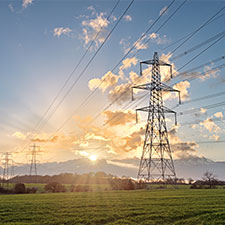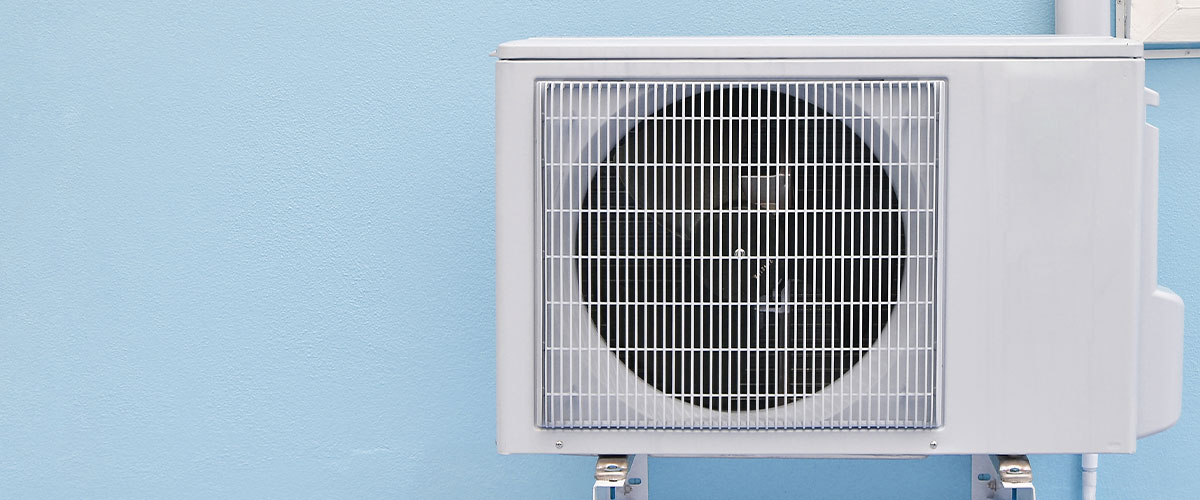
What is SAP 10 and are you ready?
Are you ready for the energy efficiency changes that are heading our way? Climbing towards the top of our to do lists is the looming 2050 date. By which time Britain’s social housing stock needs to achieve net zero emissions across the country. Leaving everyone with an average upgrades bill of around £20,700 as reported in our recent blog.
More recently, the Government has confirmed that non-domesticated rented buildings will need to meet EPC band B by 2030. And as reported by Elmshurst Energy, Scotland’s new buildings will need zero emission heating systems by 2024. But for this year, focus is on the new SAP 10 implementations, now expected to come into effect this autumn.

What is SAP10?
The newest version of SAP, known as SAP 10, was actually published in July 2018 in conjunction with the Government’s Future Homes Standard consultation; but wasn’t due to be implemented until a change in buildings regulations was announced. As recently reported by Integrator’s accreditation scheme: “Elmhurst notes that following the Hackitt Report, the Regulations throughout the UK are now beginning to be planned for.”
Previous SAP targets hadn’t been renewed since 2012. Therefore the UK Government announced a consultation in 2016 on how ratings needed to be changed to keep pace with ‘research, innovation and technology developments’, stating in their Government response: “SAP has a fundamental role in driving energy standards at household and national levels. It underpins modeling for policies that drive carbon savings and bill reductions.”
How will SAP 10 affect me as a housing association?
One of the biggest headlines is that concerning electricity and a new push to get electric boilers installed into new build homes by 2025. But, using the old SAP calculations, electric boilers achieve poor ratings as electricity was previously based on coal fired power stations and came with an expensive bill for tenants. Even now, the cost of electricity is four times that of gas.
Our newer reliance on greener supplies of electricity through renewable energies like wind power, means that the Government will be changing how the results on electric boilers are calculated in SAP. Allowing the consumer or landlord to decide if they would like to be greener and pay more – with electricity – or choose a cheaper alternative.
As Elmshurst has noted: “Of particular interest is electricity which has seen its CO2 emission factor reduced from 0.519 kgCO2/kWh to 0.233 kgCO2/kWh in SAP 10. This is to reflect the increased influence of renewable energy technologies producing electricity for the national grid. It will be interesting to see whether the next version of regulations give further benefit to electrically heated dwellings to encourage the move away from fossil fuels.”
As reported in The Independent recently, nearly a quarter of the UK’s electricity came from wind turbines in 2020, a higher proportion than in any other G20 country. And a few days later on the BBC, came the news that our electricity was the greenest it had ever been on Easter Bank Holiday Monday thanks to a surge in renewable sources due to sunny and windy weather. The National Grid Electricity System Operator told BBC News that levels of carbon pollution for each unit of electricity consumed dropped to just 39 grams of carbon dioxide; with wind power making up 39 percent of the mix, and solar 21 percent.
But what if we don’t want to install electric boilers?
One of the biggest headlines is that concerning electricity and a new push to get electric boilers installed into new build homes by 2025. But, using the old SAP calculations, electric boilers achieve poor ratings as electricity was previously based on coal fired power stations and came with an expensive bill for tenants. Even now, the cost of electricity is four times that of gas.
Our newer reliance on greener supplies of electricity through renewable energies like wind power, means that the Government will be changing how the results on electric boilers are calculated in SAP. Allowing the consumer or landlord to decide if they would like to be greener and pay more – with electricity – or choose a cheaper alternative.
As Elmshurst has noted: “Of particular interest is electricity which has seen its CO2 emission factor reduced from 0.519 kgCO2/kWh to 0.233 kgCO2/kWh in SAP 10. This is to reflect the increased influence of renewable energy technologies producing electricity for the national grid. It will be interesting to see whether the next version of regulations give further benefit to electrically heated dwellings to encourage the move away from fossil fuels.”
As reported in The Independent recently, nearly a quarter of the UK’s electricity came from wind turbines in 2020, a higher proportion than in any other G20 country. And a few days later on the BBC, came the news that our electricity was the greenest it had ever been on Easter Bank Holiday Monday thanks to a surge in renewable sources due to sunny and windy weather. The National Grid Electricity System Operator told BBC News that levels of carbon pollution for each unit of electricity consumed dropped to just 39 grams of carbon dioxide; with wind power making up 39 percent of the mix, and solar 21 percent.

How can Integrator’s SAP Targeting Module help me to plan and budget?
Integrator Housing Solutions can help you to discover and evaluate the best methods for improving the energy efficiency of each of the properties in your portfolio. Helping you to work towards new Government SAP targets.
As you will know, the Government’s RdSAP methodology produces a series of standard improvement measures which the housing industry uses to demonstrate how a landlord or housing association could increase the score of each of their homes, buildings or shared accommodation. Anything from improved insulation, new boilers, and lightbulbs can have an effect.
Integrator’s SAP Targeting Module helps you to drill down into exactly which recommended improvement measures are needed to enable you to achieve these SAP targets. And more crucially, helps you to budget and plan for these by predicting what it could cost you to make these necessary upgrades to your housing stock.
How does it work?
It’s fantastically simple to use and easily fits in with our existing asset management software provision with an intuitive interface. Simply choose your target energy efficiency ratings, you can even add your own custom costs for each improvement measure to give you the most accurate data output. Or filter our system to limit your analysis to specific sets of assets based on location, building type, size or demographic of tenant. Then analyse your suggested RdSAP improvement measures required to help you achieve specific ratings per property.
How can I take this data further with the Improvements Module?
Want to take your analysis one step further? Using Integrator’s Improvements Module, you can then evaluate your proposed package of measures, such as roof insulation, wall insulation, or even the addition of a heat pump. Our before and after results show the differences you could make without affecting your existing saved data. Then save unlimited programme scenarios for repeated future use.
To speak to Integrator Housing Solutions about our SAP Targeting and Improvements Modules please contact Juliet on enquiries@integrator.solutions or 01908 776 982.

